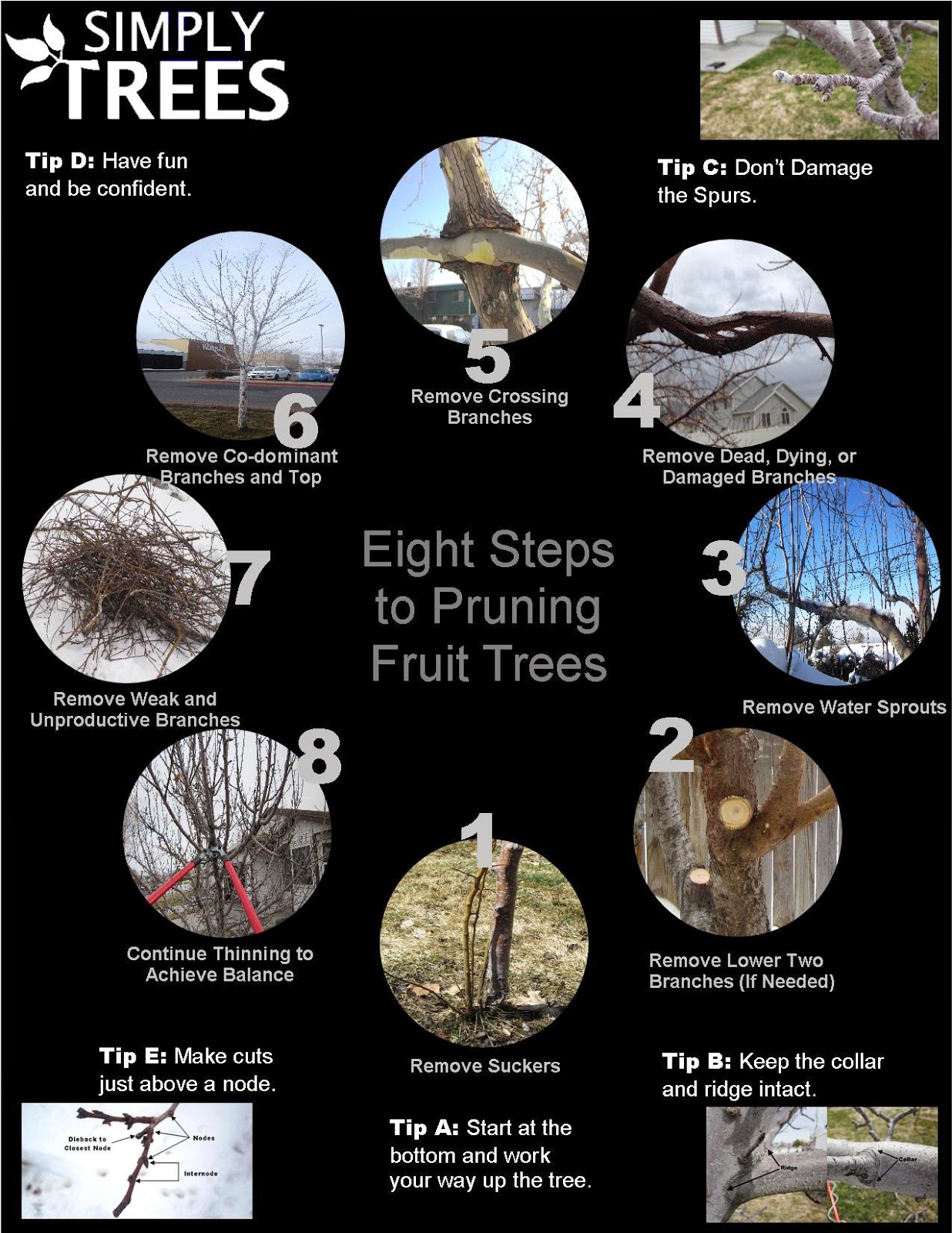Seasonal Tree Treatment: How To Take Care Of Trees Prior To And After Removal
Seasonal Tree Treatment: How To Take Care Of Trees Prior To And After Removal
Blog Article
Post Developed By-
When it involves seasonal tree care, making certain proper management before and after elimination can significantly influence the health and wellness and aesthetic appeals of your landscape. By comprehending the needed actions associated with assessing tree wellness and getting ready for elimination, you can proactively protect your residential property. Yet what about mike's tree service to adhere to when the tree is gone? Remain tuned to discover the important post-removal care measures that will certainly assist you cultivate a thriving and sustainable setting for your trees.
Pre-Removal Tree Treatment
Prior to addressing the removal of a tree, it's essential to focus on pre-removal tree care. Start by examining the tree's health and wellness and structural integrity. Try to find indications of disease, parasite problems, or any type of architectural problems that might present a security risk throughout removal. It's essential to talk to a qualified arborist to establish the most effective course of action.
Trimming dead or infected branches can avoid additional damages to the tree and guarantee a smoother elimination process.
Additionally, consider the ecological influence of removing the tree. Trees play an essential role in our environment, so planting a new tree in an appropriate place can assist balance out any loss. Ensure that evergreen tree service have the required permits and permissions for tree removal, especially if the tree is protected by local policies.
Seasonal Maintenance Tips
Analyzing your tree's needs throughout the year is important for its health and longevity. To maintain your trees in leading problem, follow these seasonal maintenance pointers.
In spring, concentrate on pruning to remove dead or broken branches and urge new growth.
Summer asks for routine watering, specifically throughout droughts, to guarantee your tree remains hydrated.
As fall methods, watch out for early indicators of disease or anxiety, and take into consideration applying compost to secure the roots during winter months.
In winter season, be cautious when eliminating snow from branches to stop breakage, and remain to monitor your tree's total health and wellness.
Bear in mind to adjust your care routine based on the particular needs of your tree types and neighborhood environment. By remaining conscientious and proactive throughout the seasons, you can assist your trees flourish and grow for years to come.
Post-Removal Tree Care
To ensure the health of your landscape even after tree removal, correct post-removal treatment is necessary. After a tree is gotten rid of, it's vital to fill up the continuing to be opening with topsoil and portable it to avoid settling. This will help maintain the stability of the ground and stop possible risks in the future.
Think about growing brand-new greenery in place of the gotten rid of tree to bring back the balance and aesthetic appeals of your landscape. On a regular basis water the area to advertise the growth of brand-new plants and stop dirt erosion.
Evaluate the bordering trees for any kind of signs of disease or stress that might have been brought on by the removed tree. Watch out for insects that might've been brought in to the previous tree and take safety nets to safeguard the remaining plant life.
If essential, consult with a specialist arborist to evaluate the impact of the removal on the bordering trees and determine any added care required. By adhering to these post-removal care actions, you can guarantee the ongoing health and appeal of your landscape.
Final thought
Finally, aggressive seasonal tree care is important for maintaining the health and wellness and balance of your landscape. By evaluating tree health and wellness, trimming, and talking to an arborist prior to elimination, you can ensure a safe procedure. After elimination, filling up the hole, growing new vegetation, and normal watering will advertise brand-new development and avoid disintegration. Keep in mind to examine surrounding trees for condition and seek further treatment steps from an arborist to keep your landscape growing.
